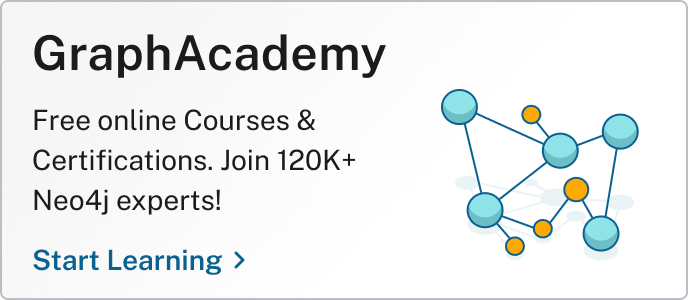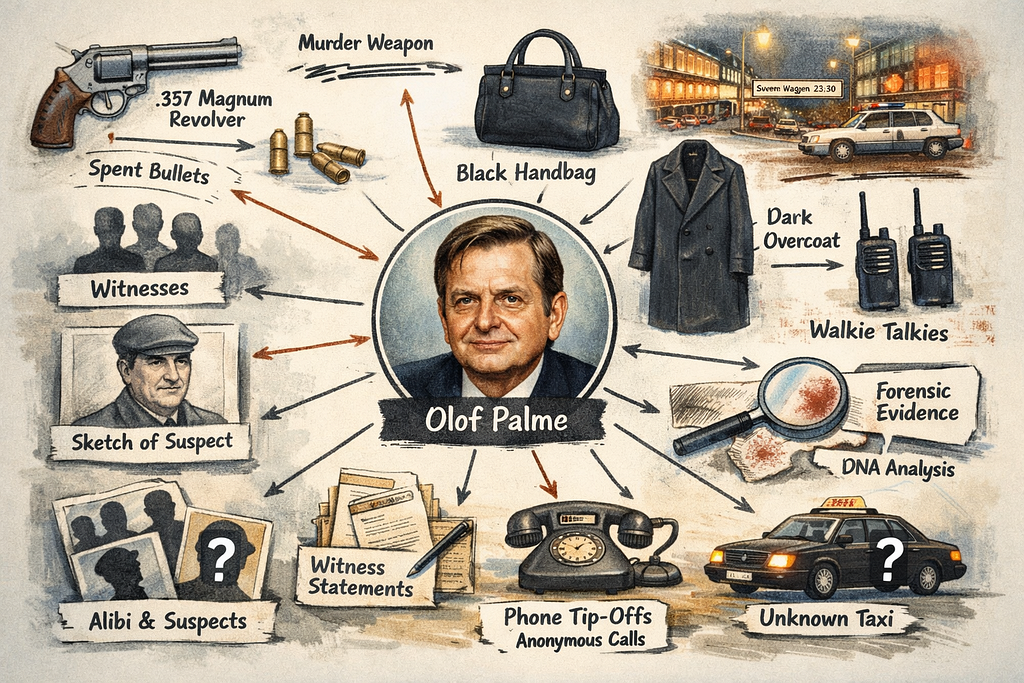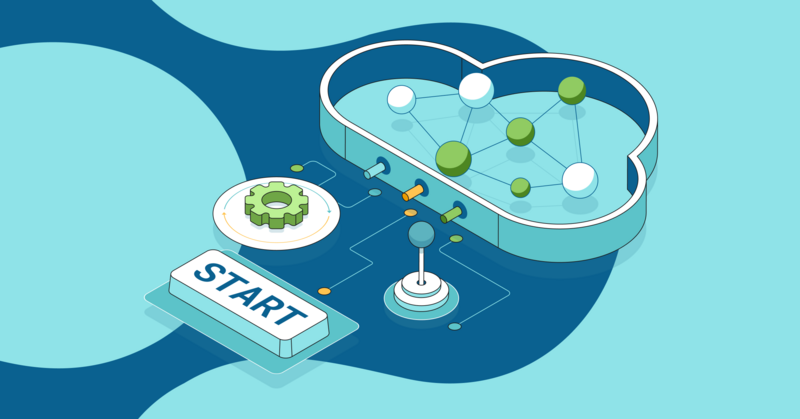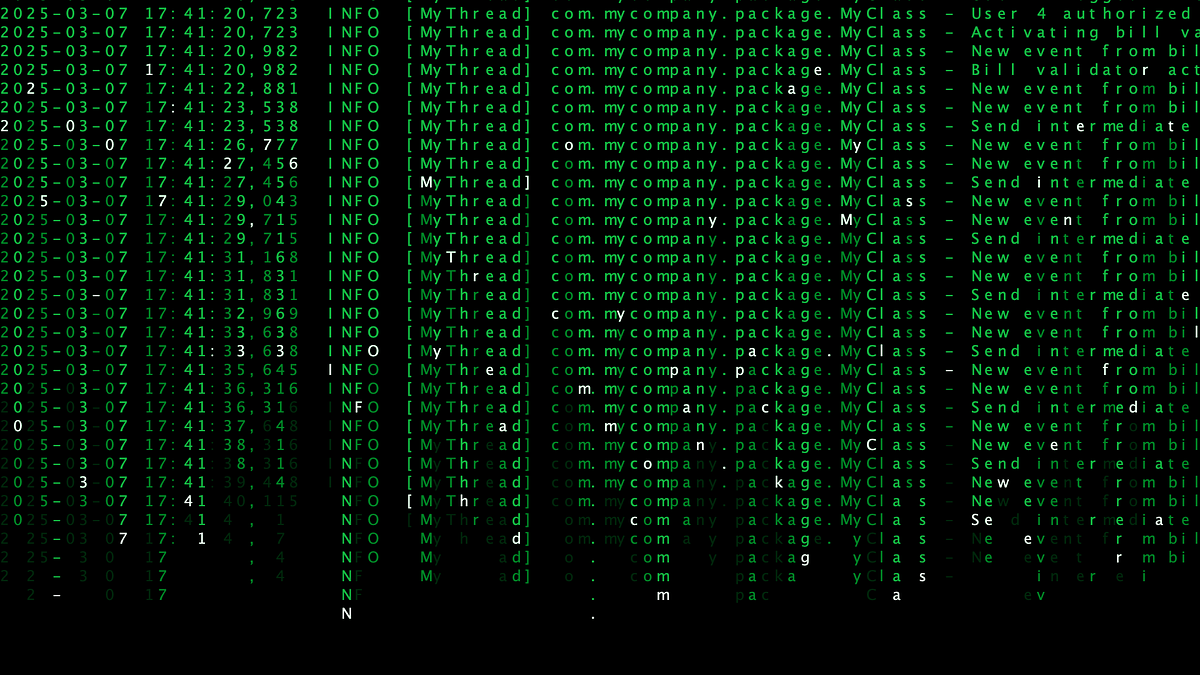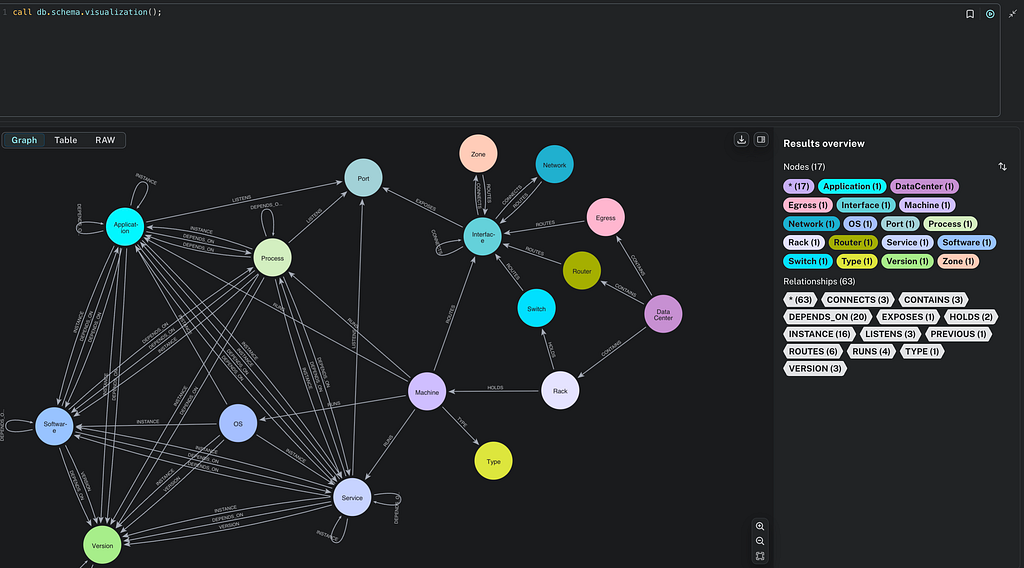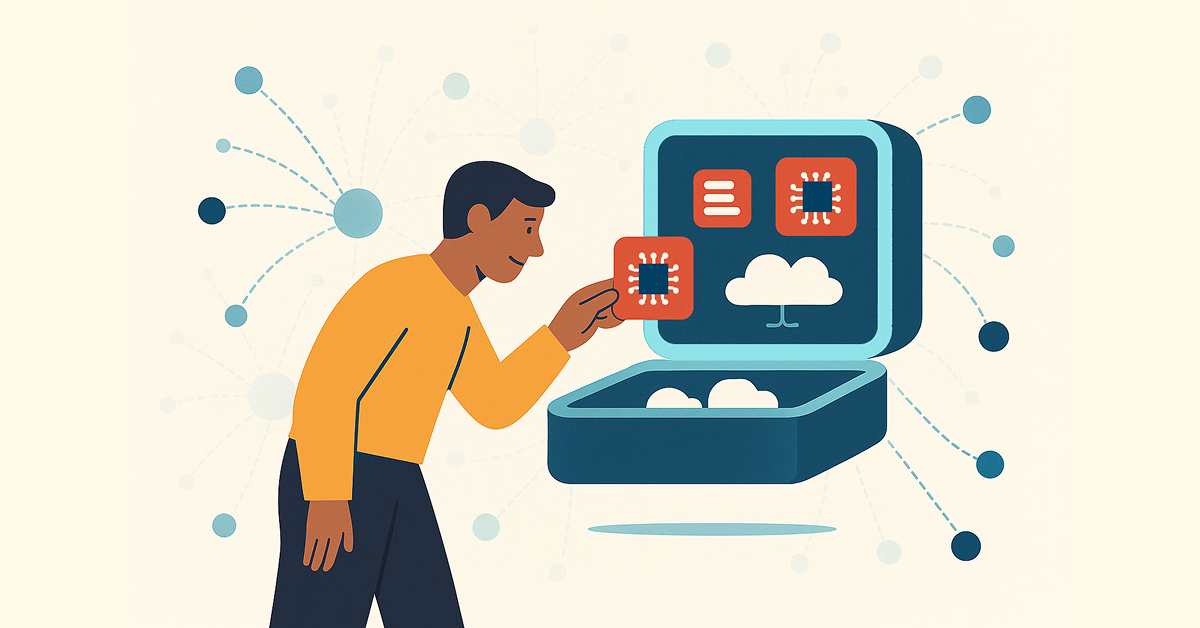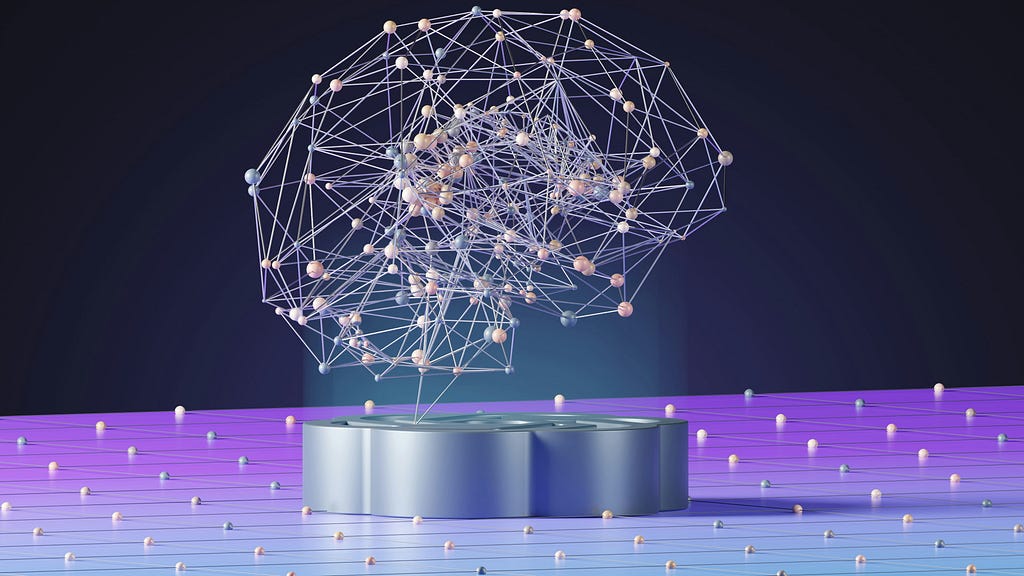Rewire Your Integration Strategy: A Graph-First Approach With Neo4j and AI

Pierre Dahlman, Entiros Integrations
Relations Manager
6 min read
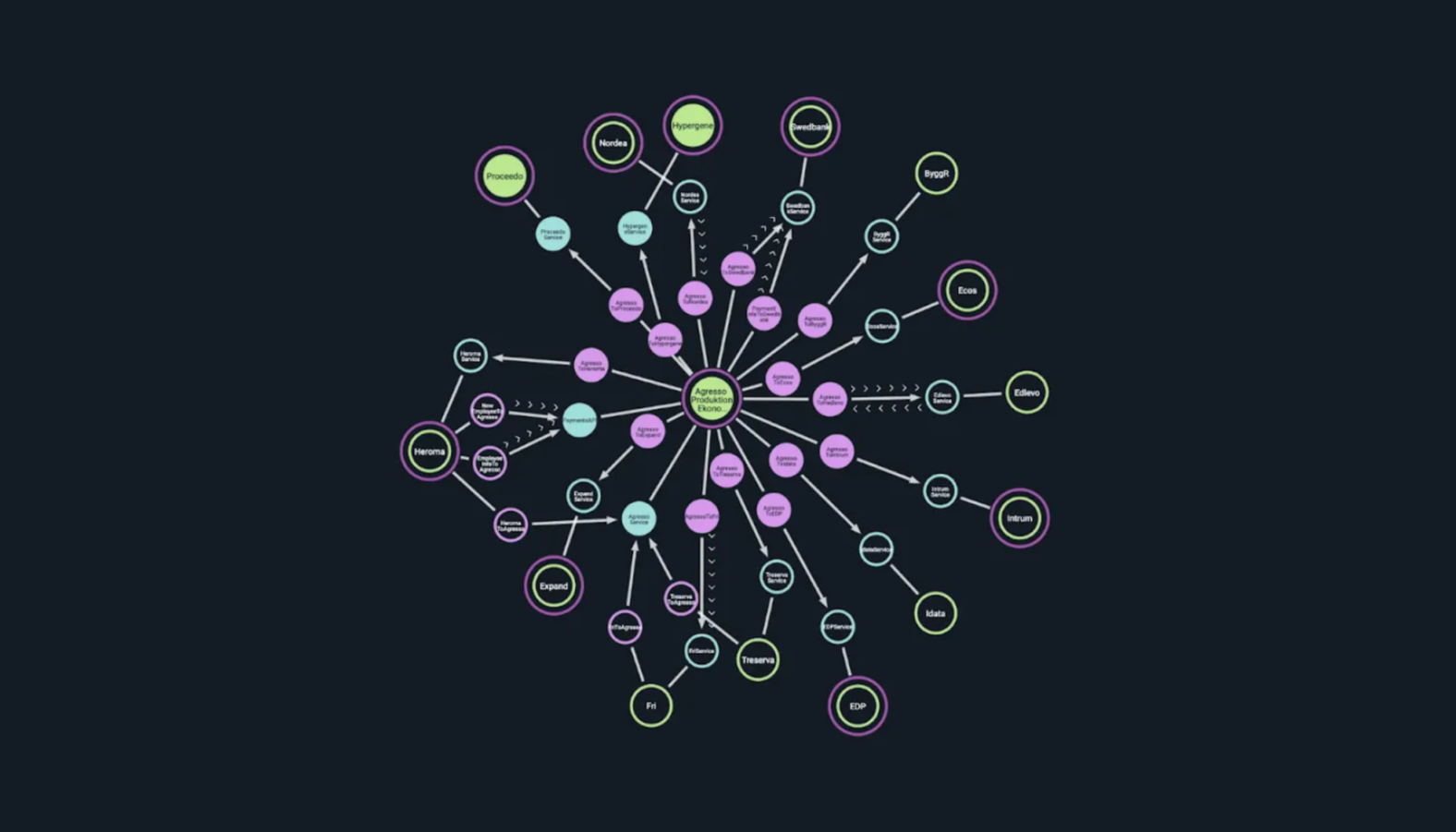
Integration has always been about more than just connecting systems; it’s about synchronizing people, processes, and data. Yet, the path is often riddled with complexity and misunderstanding. Not because of bad tools, but because we’ve lacked a shared map and a common language. What if we could change this? What if AI weren’t just a tool, but an active, reasoning teammate collaborating with humans, guided by a shared, living picture of the integration landscape?
This is no longer a future vision — it’s the new reality we’re building at Entiros. We combine the power of graph database technology, a proven methodology, and our AI, Ingo, to create a system where AI becomes an active, reasoning team member, navigating and shaping your integration landscape.
At Entiros, we’ve focused on transforming this challenge into an opportunity. Our solution is built on three pillars:
- Starlify and Neo4j: Creating the nonlinear, structured, and navigable “worldview” of your application landscape.
- Certified Integrator: Establishing the standard rules of engagement and processes for both humans and AI. A method built on 10 golden rules of how to create great integrations. We apply it ourselves and teach others, including competitors within the integration business.
- Ingo AI: The intelligent agent performing agentic reasoning within this worldview. Created to increase the speed and accuracy of integrations, and do it in a sustainable and future-proof way.
The result? A shift in how integrations are delivered — faster, smarter, and with a deeper understanding, thanks to true collaboration between humans and AI.
Graphs Are the Foundation of Collaboration
One of the biggest, yet often unseen, culprits in the integration drama is the absence of a shared overview and common understanding of your current state. Most organizations lack an up-to-date, shared view of their integration landscape, rendering every new project a journey through fog.
Starlify, built on Neo4j’s graph technology, addresses this. It’s our Saas tool for mapping and managing integration landscapes. With Neo4j, we can represent systems, services, interfaces, and dependencies as living nodes and relationships in a dynamic graph.

With a graph-based model, complexity becomes navigable. And once you can see it, you can change it. But it isn’t just visualization. This graph represents a rich, interconnected data structure that enables both humans and AI agents to view, understand, and act based on the entire picture. It’s a shared worldview where human teams and AI agents can:
- Identify the impact of system changes
- Detect duplicate efforts of hidden dependencies
- Track ownership and responsibilities
- Analyze integrations based on purpose, business area, or technical patterns

With this graph-based model, complexity becomes manageable. When everyone sees the same thing, everyone can act based on the same reality. And for AI to reason and fully function, it first requires an understanding of the context it’s going to operate in.
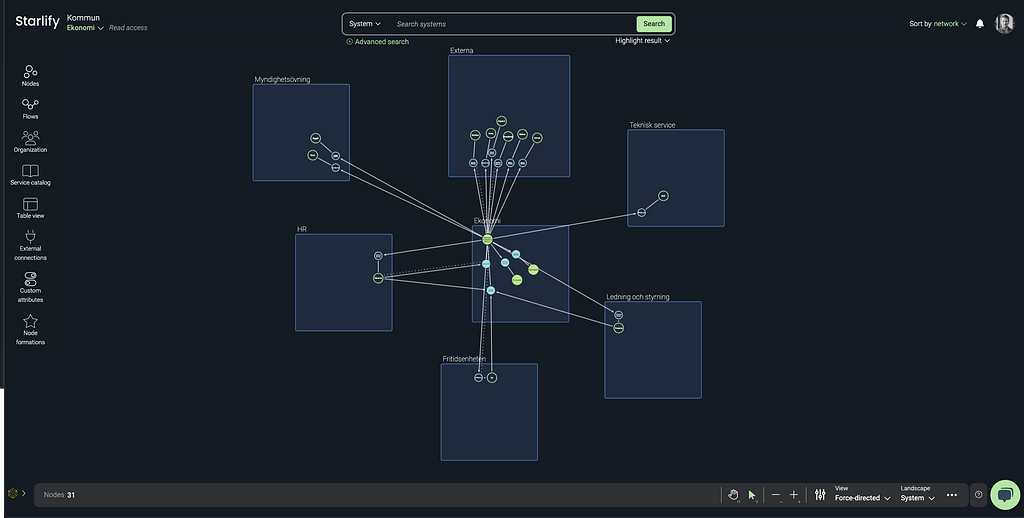
The Method Is the Multiplier
An advanced worldview needs to be complemented by clear rules of engagement. The Certified Integrator method and framework provide this. The method is built on 10 core principles for integrations, five principles for integration landscapes, and contains 142 points on how to build integrations that stand the test of time. It’s a structured way to deliver integration, based on proven principles and standardized steps. The best thing? It’s tech-agnostic, meaning it applies to integrations regardless of the technology or platform you’re currently using. This method becomes the common language and process that human team members and our AI agent, Ingo, follow. It ensures that the AI’s reasoning and actions align with the best practices.

Certified Integrator brings:
- A repeatable and predictable workflow
- Reduced risk through shared patterns
- A way for human and AI integrators to share the same standardized framework and method to get consistent results
Ingo AI: Accelerating Work, Not Replacing People
Now we arrive at the peak of our innovation: Ingo AI. This is far more than just another AI. Ingo is meticulously designed for agentic reasoning. It operates within the structured, nonlinear integration landscape mapped out by Starlify and Neo4j, always guided by the principles of our Certified Integrator method. Our approach with Ingo is rooted in transparency. We focus on delivering tangible value today while simultaneously building toward even more advanced capabilities that will redefine human-AI collaboration in the integration space.
Currently, Ingo AI delivers significant value by leveraging the Certified Integrator framework. It assists your team by crafting detailed requirement specifications through the analysis of existing assets such as code, repositories, payloads, documentation, and logs. Ingo also accelerates development by generating integration code that aligns with our proven method. Additionally, it excels at reverse-engineering existing integrations — even when documentation is sparse or nonexistent — to provide clarity and facilitate modernization. On the other end, Ingo also supports forward-engineering of new integrations, ensuring consistency and quality from the outset by adhering to precise specifications and established patterns. As of today, Ingo streamlines the entire life cycle, from understanding legacy systems to building robust new solutions, all while ensuring methodological rigor. And it can accelerate integration delivery by three times and migration work by up to 10 times.
But our vision for Ingo extends far beyond these current capabilities. We see a future where AI is not just an assistant but a proactive, reasoning collaborator. We’re no longer just generating pictures of the system landscape. We’re enabling AI to interact with and reason about this landscape. It understands the structure and respects the patterns. Soon, it will help teams plan, adjust, and document integrations in real time, directly inside the visual map.

Building on its strong foundation, Ingo is rapidly evolving. Shortly, it will act with even greater accuracy, proactively identifying opportunities for improvement within its Starlify environment. Imagine Ingo analyzing your existing landscape to propose new, valuable integrations, complete with design considerations. Picture it delving deep into metadata and the rich contextual information of its graph-based world to offer more profound insights, foresee challenges, and recommend optimized solutions.
This evolution toward greater autonomy and insight represents the true agentic advantage — an AI that doesn’t just execute predefined tasks but actively collaborates, anticipates, and helps your team strategize.
Summary
One thing is clear from our perspective: It isn’t about having more tools; it’s about having more effective systems and ways to use them. We’re changing how organizations build and manage their digital flows by allowing AI to perform agentic reasoning over a structured world of integrations, just as coding agents do with code. This is intelligent collaboration between humans and AI, leading to more robust, adaptable, and efficient integrations that benefit the people using our everyday solutions. And no, it won’t replace people and take their jobs. It will enable them to become even more efficient, and the integrators’ valuable experience, knowledge, and skills will be increasingly more valuable.
Resources
- The Developer’s Guide: How to Build a Knowledge Graph
- Agentic AI With Java and Neo4j
- Smarter AI With Smarter RAG and Reasoning
- Neo4j Developer Center
Rewire Your Integration Strategy: A Graph-First Approach With Neo4j and AI was originally published in Neo4j Developer Blog on Medium, where people are continuing the conversation by highlighting and responding to this story.

